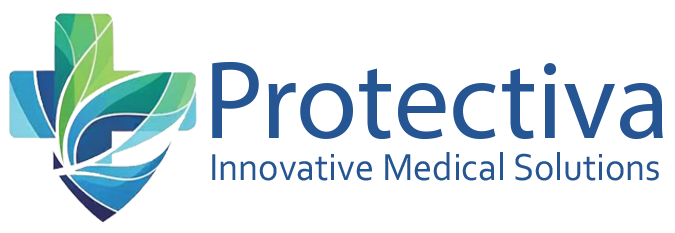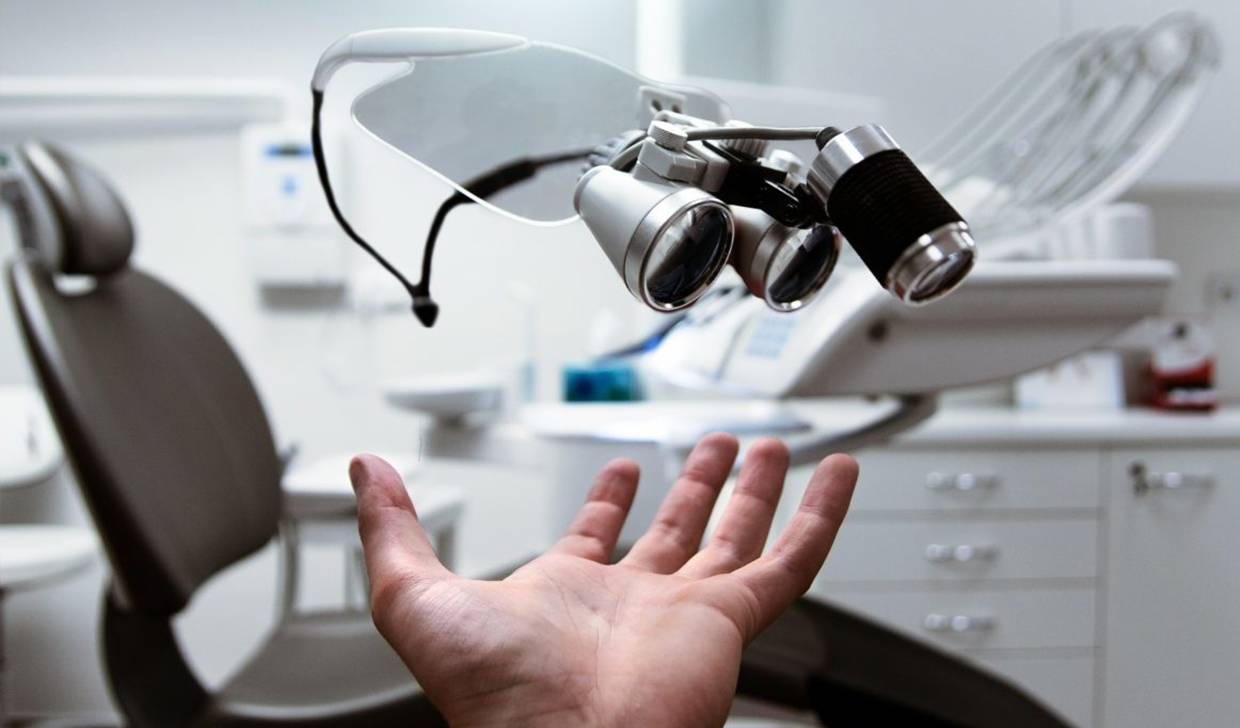Impact of wearing masks on social behavior
The widespread use of masks, particularly in medical and public settings, has significantly influenced social behavior over the past few years. While masks are essential for health protection, their impact extends beyond physical well-being, affecting communication, social interactions, and even psychological responses.
Changes in Non-Verbal Communication
Facial expressions play a vital role in social interactions, helping individuals convey emotions and understand others’ feelings. With masks covering the lower half of the face, recognizing smiles, frowns, or subtle expressions has become more challenging. This has led people to rely more on eye contact, body language, and verbal communication to express themselves effectively.
Psychological Effects of Mask-Wearing
For many, wearing masks has created a sense of security and reassurance, especially in healthcare environments or crowded places. However, it has also contributed to feelings of isolation and anxiety, as limited facial visibility can reduce emotional connections between individuals. Some people may experience difficulty in socializing, leading to increased stress or discomfort in group settings.
Impact on Professional and Medical Settings
In medical and healthcare environments, masks have always been a necessity to maintain hygiene and prevent infections. However, prolonged mask-wearing has made doctor-patient interactions more formal, sometimes reducing the sense of empathy and personal connection. Clear communication remains essential in such settings, leading to an increased use of transparent masks and digital communication tools.
Influence on Social Etiquette and Norms
The use of masks has introduced new social norms related to personal space and hygiene. In many cultures, mask-wearing is now seen as a sign of respect and responsibility, especially in public transportation, hospitals, and crowded areas. People have also adapted their greeting styles, with fewer handshakes and more verbal or distant gestures.
Effects on Children and Learning Environments
Children, especially those in early developmental stages, rely heavily on facial expressions to learn language and emotions. The presence of masks in schools and learning environments has made it more difficult for young learners to grasp pronunciation, speech cues, and emotional reactions. Teachers and caregivers have had to adapt by using visual aids and expressive eye movements to enhance communication.
Mask-Wearing and Social Anxiety
For individuals with social anxiety, masks have provided a sense of comfort by reducing social pressures and expectations. However, they have also made it harder for some people to engage in face-to-face conversations, leading to a greater reliance on digital communication. This shift highlights the importance of balancing health protection with social well-being.
The Role of Technology in Overcoming Barriers
To address the challenges of mask-wearing, many industries have developed innovative solutions such as transparent masks, voice amplification tools, and digital communication platforms. These advancements have helped improve interaction and accessibility, ensuring that essential communication remains clear and effective.
While masks have become an integral part of modern healthcare and daily life, their impact on social behavior cannot be overlooked. From altering communication methods to influencing psychological well-being, the effects of mask-wearing continue to shape how people interact in professional and personal spaces. As we move forward, balancing health protection with effective social interaction will be key to maintaining both physical and emotional well-being.






Write a comment
Your email address will not be published. All fields are required